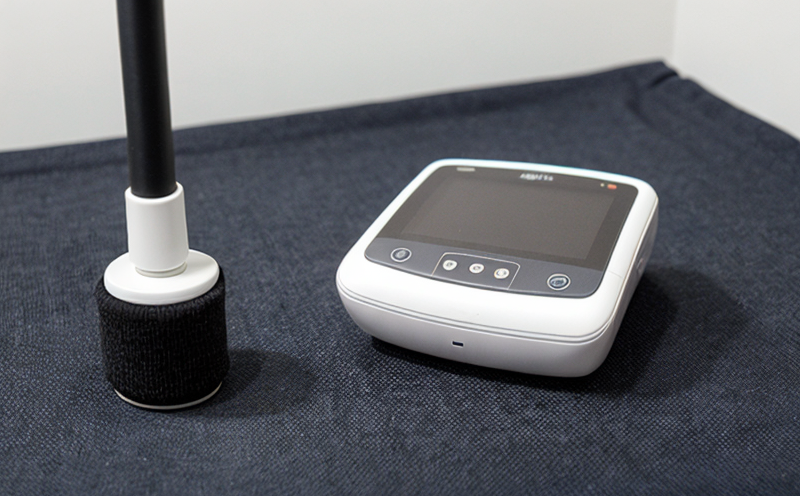Mechanical flexibility testing of smart textile composites
The mechanical flexibility testing of smart textile composites is a critical aspect of ensuring that materials meet stringent quality and performance standards. As we delve into this specialized service, it's important to understand the context within which these textiles operate. Smart textiles are an evolving sector characterized by their integration of electronic components or sensors into fabric structures, enabling them to perform various functions beyond traditional clothing use.
One specific application is in the realm of wearable technology and medical devices where flexibility plays a crucial role in ensuring durability and comfort during wear. The mechanical properties of these textiles must withstand repeated bending, stretching, and folding without compromising their functionality or integrity. This testing not only ensures reliability but also contributes to the longevity of products designed for high-stress environments such as sports gear or protective clothing.
The process begins with selecting appropriate specimens representative of the intended use case. Proper preparation is key; this includes cutting samples according to specified dimensions and ensuring they are free from defects that could affect test results. Once prepared, testing can commence using various instruments tailored specifically for measuring flexibility indices like elongation at break or flexural modulus.
For accurate measurement, it’s essential to control factors such as temperature and humidity since these elements significantly influence the material's behavior under load. Compliance with international standards such as ISO 13934-2 ensures consistency across different laboratories worldwide. Reporting must encompass raw data alongside interpretations highlighting any deviations from expected values which may indicate issues needing further investigation.
To illustrate, let’s consider a hypothetical scenario involving a new smart textile composite used in athletic wear. Initial tests revealed that while the material showed excellent flexibility initially, it began to lose elasticity after prolonged use under high stress conditions. Upon closer examination through advanced microscopy techniques, researchers discovered micro-cracks forming along grain boundaries due to insufficient adhesion between fibers and matrix materials.
| Aspect | Description |
|---|---|
| Sample Preparation | Clean, cut specimens following prescribed dimensions. |
| Test Setup | Use bending and stretching machines calibrated for specific loads. |
| Data Collection | Record displacement, strain rate, force, and angle during testing. |
Why It Matters
The importance of mechanical flexibility testing cannot be overstated when dealing with smart textiles. These materials are often subjected to continuous movement and stress, making their ability to maintain shape and functionality paramount for end-user satisfaction and product longevity.
- Enhances durability: Ensures that the textile remains intact despite repeated usage.
- Promotes comfort: Flexible designs allow for better fit and movement without restriction.
- Supports innovation: Allows developers to experiment with new materials and structures safely before full-scale production.
International Acceptance and Recognition
- The International Organization for Standardization (ISO) has developed several standards relevant to textile testing, including ISO 13934-2 which provides guidelines on mechanical properties of fabrics used in protective clothing.
- American Society for Testing and Materials (ASTM) offers ASTM D5035-18 covering tensile performance of woven fabrics.





